Understanding 2025 Life Insurance Trends: An Overview
As we step into 2025, the U.S. individual life insurance market continues to evolve, shaped by economic shifts, changing consumer needs, and technological advancements. For families and individuals considering their financial future, understanding 2025 life insurance trends is crucial. The market has seen significant activity in recent years, driven partly by a heightened awareness of financial protection following global events. This proactive approach to securing coverage is expected to continue, with various product types experiencing distinct trajectories.
Life insurance serves as a cornerstone of sound financial planning, providing a safety net for loved ones in times of loss. Whether you’re exploring term life, whole life, or universal life options, staying informed about market dynamics can help you make the best decisions for your family’s security and long-term financial well-being.
Economic Factors Driving the 2025 Life Insurance Market
Several key economic indicators are set to influence the life insurance landscape in 2025. Interest rates, while expected to continue their descent, may not fall as steeply as anticipated, which could alleviate some pressure on certain life insurance products. Historically, lower interest rates can make fixed-income investments less appealing, thus influencing the attractiveness of interest-sensitive life insurance policies.
Equity market performance is another significant factor. Projections suggest potential increases in equity markets, which could particularly benefit variable universal life (VUL) products. Furthermore, stable inflation and unemployment rates, which are currently showing positive trends, typically create a more favorable environment for insurance sales, especially for foundational products like term and whole life insurance. Personal incomes are also expected to rise, or at least keep pace with inflation, further supporting consumer capacity to invest in life insurance coverage.
Whole Life and Term Life: Core Product Forecasts
Whole life and term life insurance policies are often considered the bedrock of the individual life insurance business, consistently accounting for the majority of policies sold and new premiums collected annually. Recent trends have seen rising interest rates negatively impact whole life sales, leading to a shift towards policies with longer premium payment periods that offer a lower annual premium. However, as the yield curve is expected to normalize, forecasts suggest a return to positive growth for whole life sales in 2025, with projections ranging from 1% to 5%.
Term life insurance experienced a dip in sales in 2022 but quickly rebounded in 2023, largely due to expanded digital platforms and more competitive pricing strategies from leading carriers. While premium growth for term life is expected to remain level through the close of 2024, a return to low to moderate growth, between 1% and 5%, is anticipated for 2025. Both whole life and term life remain vital components of a comprehensive financial plan, providing essential protection for families.
Navigating the Universal Life Segments in 2025
The universal life insurance market is diverse, encompassing variable universal life (VUL), indexed universal life (IUL), and fixed universal life (UL) products, each with its own sensitivities to economic conditions.
- Variable Universal Life (VUL): Fueled by strong stock market performance, VUL has seen significant appeal in recent years. This trend is expected to continue into 2025, with projected premium growth of 5% to 9%, assuming sustained increases in equity markets. Many carriers are now offering more protection-focused VUL products with death benefit guarantees, broadening their appeal.
- Indexed Universal Life (IUL): The interest rate environment has created two distinct segments within the IUL market. Traditional IUL carriers have faced decreased premium sales, while those focusing on simplified products with lower face amounts have found considerable success. For 2025, IUL premium growth is projected to continue, with an expected increase of 2% to 6%.
- Fixed Universal Life (UL): After several years of decline influenced by falling interest rates, fixed UL sales began a turnaround in late 2023 and have continued to show strength in 2024. While the pace of growth may moderate in 2025 due to projected interest rate declines, fixed UL sales are still expected to see an increase of 3% to 7%.
For more detailed information on various types of life insurance, including term, whole, and universal life, you can visit our page on Life & Long-term Care Insurance. This resource provides a deeper dive into how these policies function and which might be best suited for your financial planning needs.
The Big Picture: Anticipated Growth for Individual Life Insurance
Overall, market conditions for individual life insurance in 2025 are quite favorable. After setting premium records in 2022 and 2023, the total premium is expected to remain strong in 2024, potentially matching or exceeding previous records. Looking ahead, the forecast for 2025 indicates continued improvement in sales growth, with total individual life premium projected to increase between 2% and 6%.
While shifts in the product mix are always possible, reflecting changing economic landscapes and consumer preferences, the outlook for the life insurance market remains robust. This sustained growth underscores the enduring value that consumers place on financial security and protection for their families. Understanding 2025 life insurance trends helps individuals and families make informed decisions about their coverage. For a comprehensive overview of how various personal insurance options, including life insurance, can safeguard your future, explore our Personal Insurance offerings.
Have questions? Contact us here.






